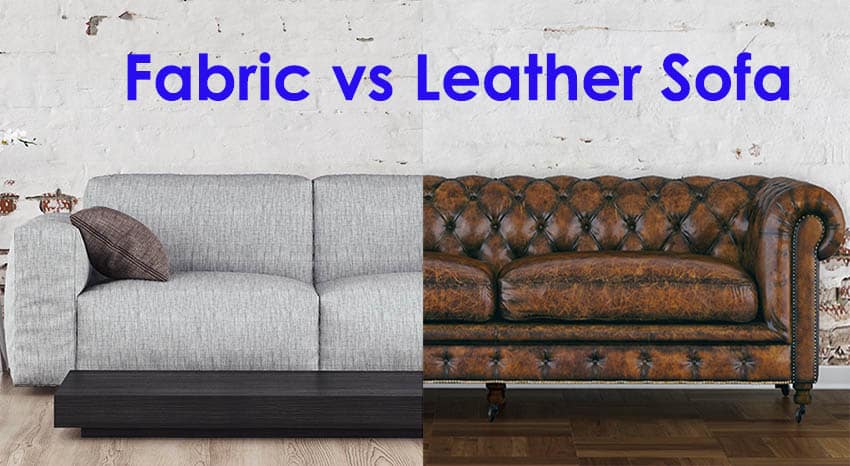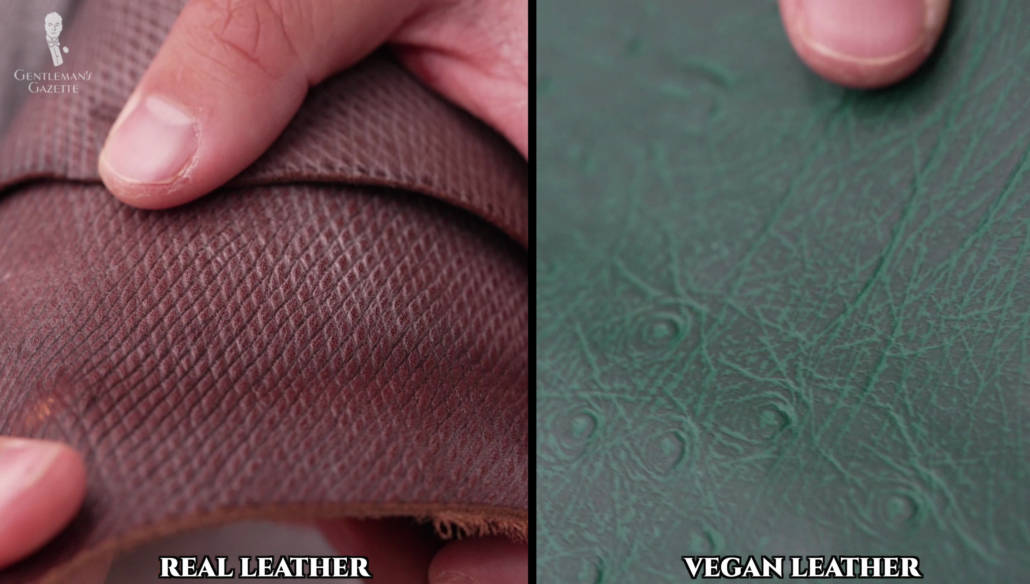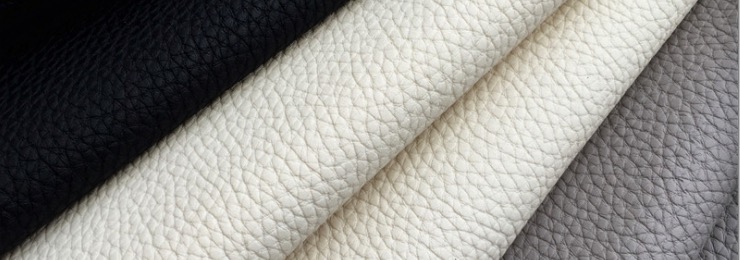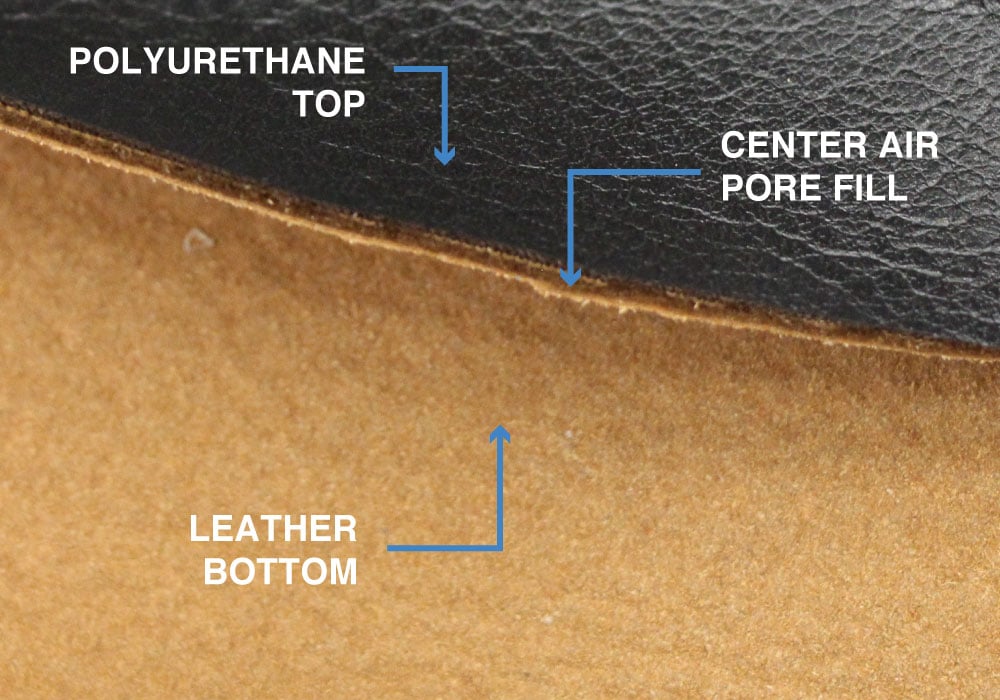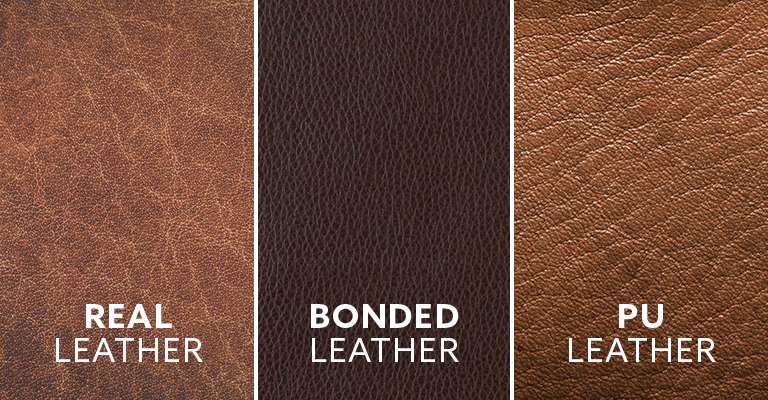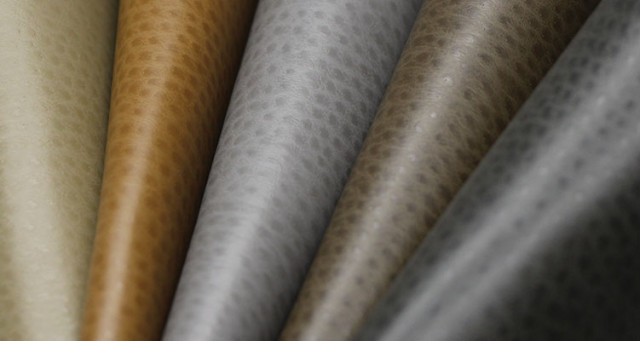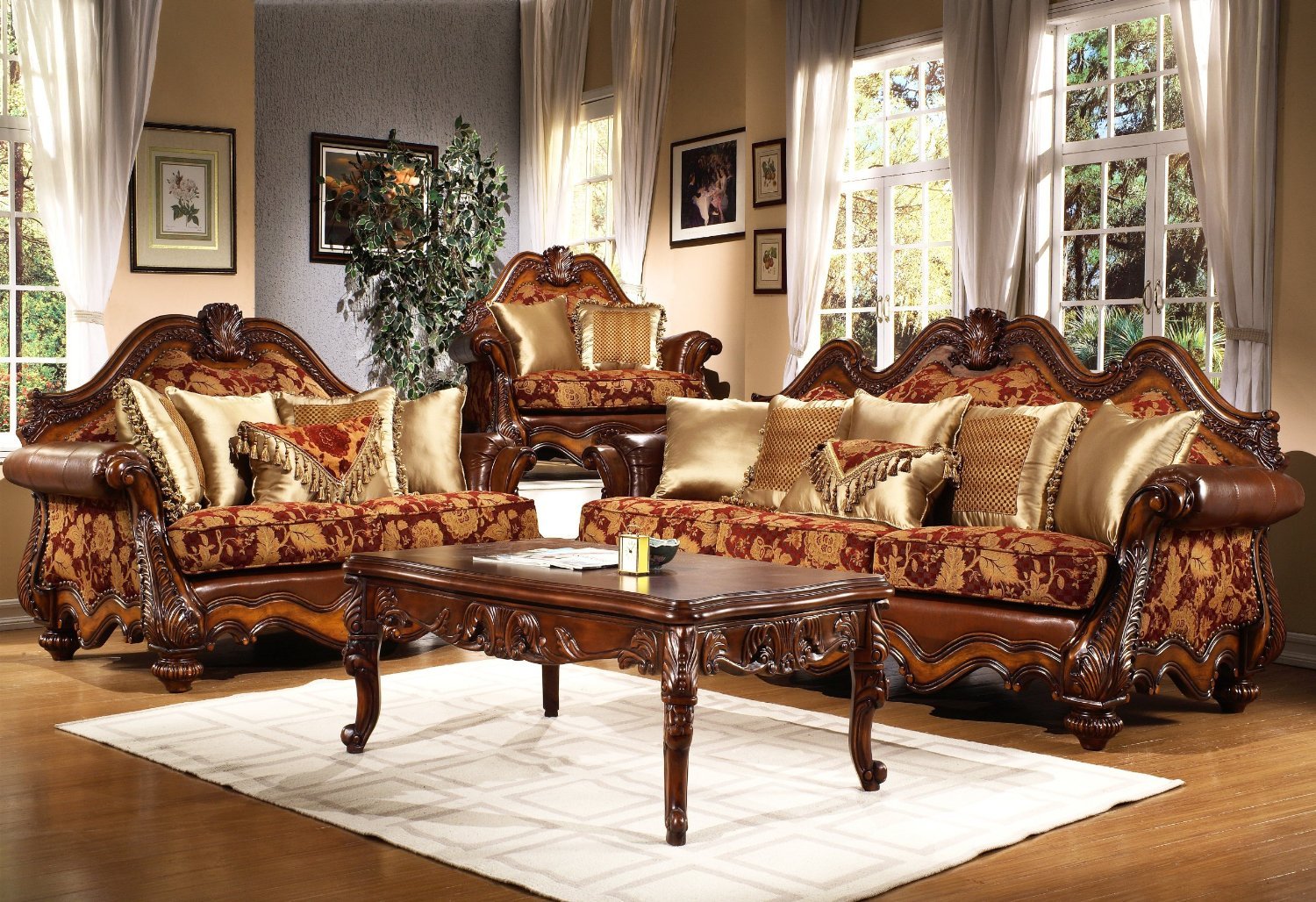When it comes to choosing a sofa, one of the biggest decisions you'll have to make is whether to go for leather or polyurethane upholstery. Both materials have their own unique qualities and benefits, but they also have some differences that are important to consider. In this article, we'll break down the key differences between leather and polyurethane sofas to help you make the best choice for your home.Leather vs Polyurethane: What's the Difference?
There's no clear winner when it comes to deciding which is better between leather and polyurethane sofas. It ultimately depends on your personal preferences and needs. Leather is a natural material that offers a luxurious look and feel, while polyurethane is a synthetic material that is more affordable and durable. Let's explore the pros and cons of each to help you make a decision.Leather vs Polyurethane Sofas: Which is Better?
Leather Pros: Leather is a timeless and classic choice for furniture. It exudes luxury and sophistication, making it a popular choice for high-end homes. Leather is also a very durable material that can withstand wear and tear over time. It is also low maintenance and easy to clean, making it a great choice for busy households. Leather Cons: Despite its durability, leather can be susceptible to scratches and stains, especially if it is not properly cared for. It also tends to be more expensive than polyurethane, making it less accessible for those on a budget. Leather is also not a good choice for households with pets, as their claws can easily damage the material. Polyurethane Pros: Polyurethane is a man-made material that is designed to mimic the look and feel of leather. It is typically more affordable than leather and can be made to look like a variety of materials, including leather and suede. It is also very durable and resistant to stains and scratches, making it a good choice for households with children and pets. Polyurethane Cons: While polyurethane may be more affordable and durable than leather, it is not as luxurious or long-lasting. It can also have a slightly plastic-like feel, which may not be as comfortable for some people. Polyurethane is also not as environmentally friendly as leather, as it is a synthetic material made from fossil fuels.Leather vs Polyurethane Furniture: Pros and Cons
When it comes to durability, both leather and polyurethane sofas have their own strengths. Leather is a natural material that can withstand a lot of use and abuse, making it a great choice for households with children and pets. However, if not properly cared for, leather can develop scratches and cracks over time. On the other hand, polyurethane is very resistant to stains and scratches, making it a more durable option for those who want a low maintenance sofa.Leather vs Polyurethane Couch: Which is More Durable?
If you're someone who prioritizes ease of cleaning, then a polyurethane sofa may be the better choice for you. As mentioned, polyurethane is very resistant to stains and scratches, so it can easily be wiped clean with a damp cloth. Leather, on the other hand, requires more care and attention when it comes to cleaning. Spills and stains should be wiped up immediately to avoid permanent damage, and the leather should be regularly conditioned to maintain its softness and prevent cracks.Leather vs Polyurethane Sofa: Which is Easier to Clean?
When it comes to cost, polyurethane is the clear winner. It is a synthetic material that is cheaper to produce than leather, making it a more budget-friendly option. If you want the look of leather without the high price tag, polyurethane is a great alternative. However, if you have the budget for it, investing in a high-quality leather sofa can be a worthwhile investment as it will last a long time with proper care.Leather vs Polyurethane: Which is More Affordable?
Leather is a natural material that is biodegradable, making it a more environmentally friendly choice than polyurethane. Polyurethane is a synthetic material that is made from fossil fuels and does not break down easily, making it less eco-friendly. However, if you opt for a polyurethane sofa made from recycled materials, you can still make a more sustainable choice.Leather vs Polyurethane: Which is More Environmentally Friendly?
Comfort is a subjective factor that can vary from person to person. Leather is a soft and supple material that is known for its luxurious feel. It also tends to be breathable, making it more comfortable for hot and humid climates. Polyurethane, on the other hand, can have a slightly plastic-like feel and may not be as comfortable for everyone. It also tends to retain heat, which can make it uncomfortable in warmer weather.Leather vs Polyurethane: Which is More Comfortable?
When it comes to style, both leather and polyurethane sofas can offer a variety of options. Leather is a classic and timeless material that never goes out of style. It also comes in a variety of colors and finishes, from traditional brown leather to bolder options like red or blue. Polyurethane, on the other hand, can also offer a range of styles and colors, but it may not have the same luxurious look and feel as leather.Leather vs Polyurethane: Which is More Stylish?
If you have pets in your home, you'll want to choose a sofa that can withstand their claws and shedding. While both leather and polyurethane are durable options, leather may be more susceptible to scratches from pet claws. Polyurethane, on the other hand, is more resistant to scratches and stains, making it a better choice for pet owners.Leather vs Polyurethane: Which is Better for Pets?
The Debate Between Leather and Polyurethane Sofas
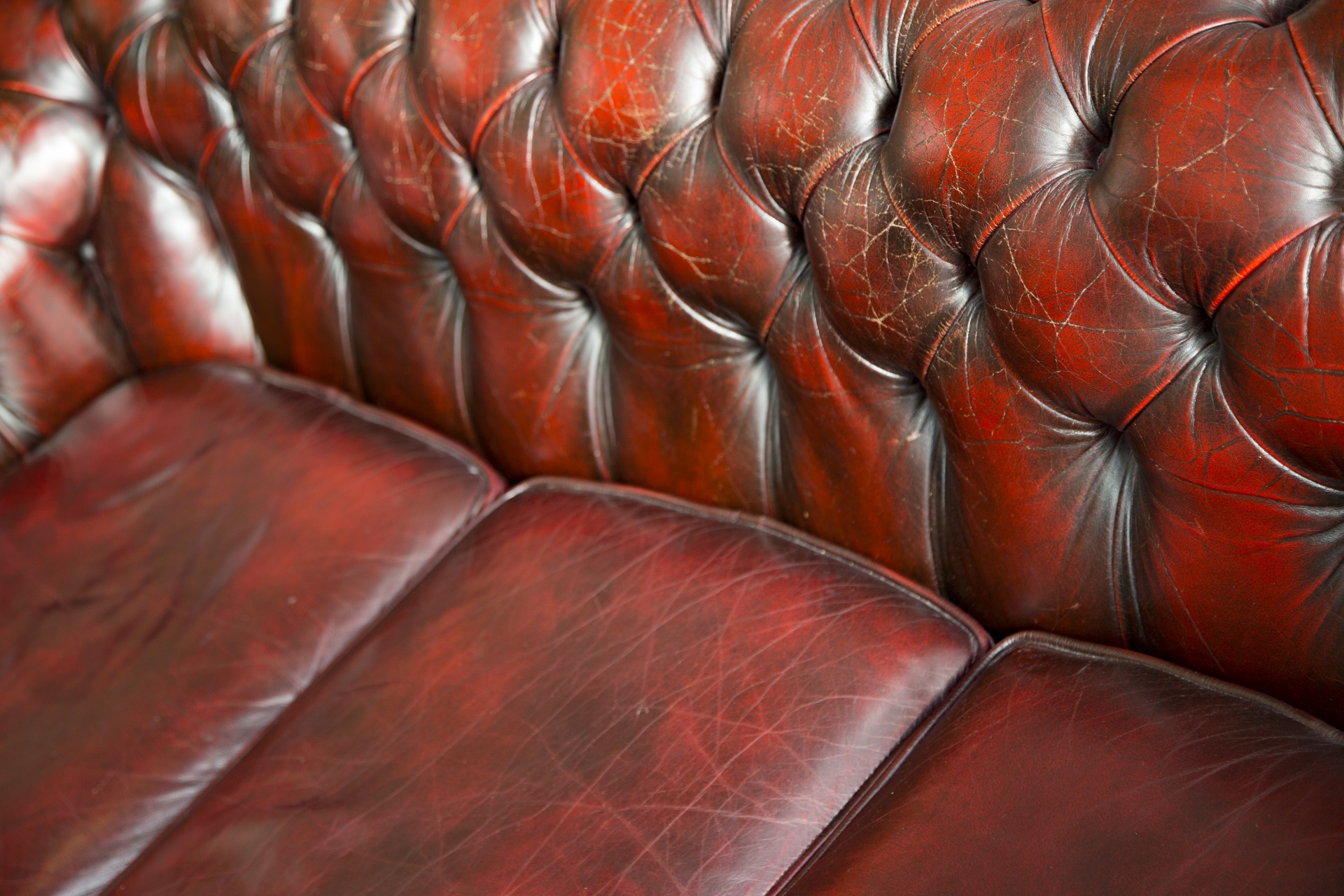
When it comes to choosing the perfect sofa for your home, there are a multitude of options available. However, one of the biggest debates in the furniture world is leather versus polyurethane sofas. Both materials have their own unique qualities and it can be difficult to determine which one is the best fit for your home. In this article, we will delve into the pros and cons of each material to help you make an informed decision.
Leather Sofas
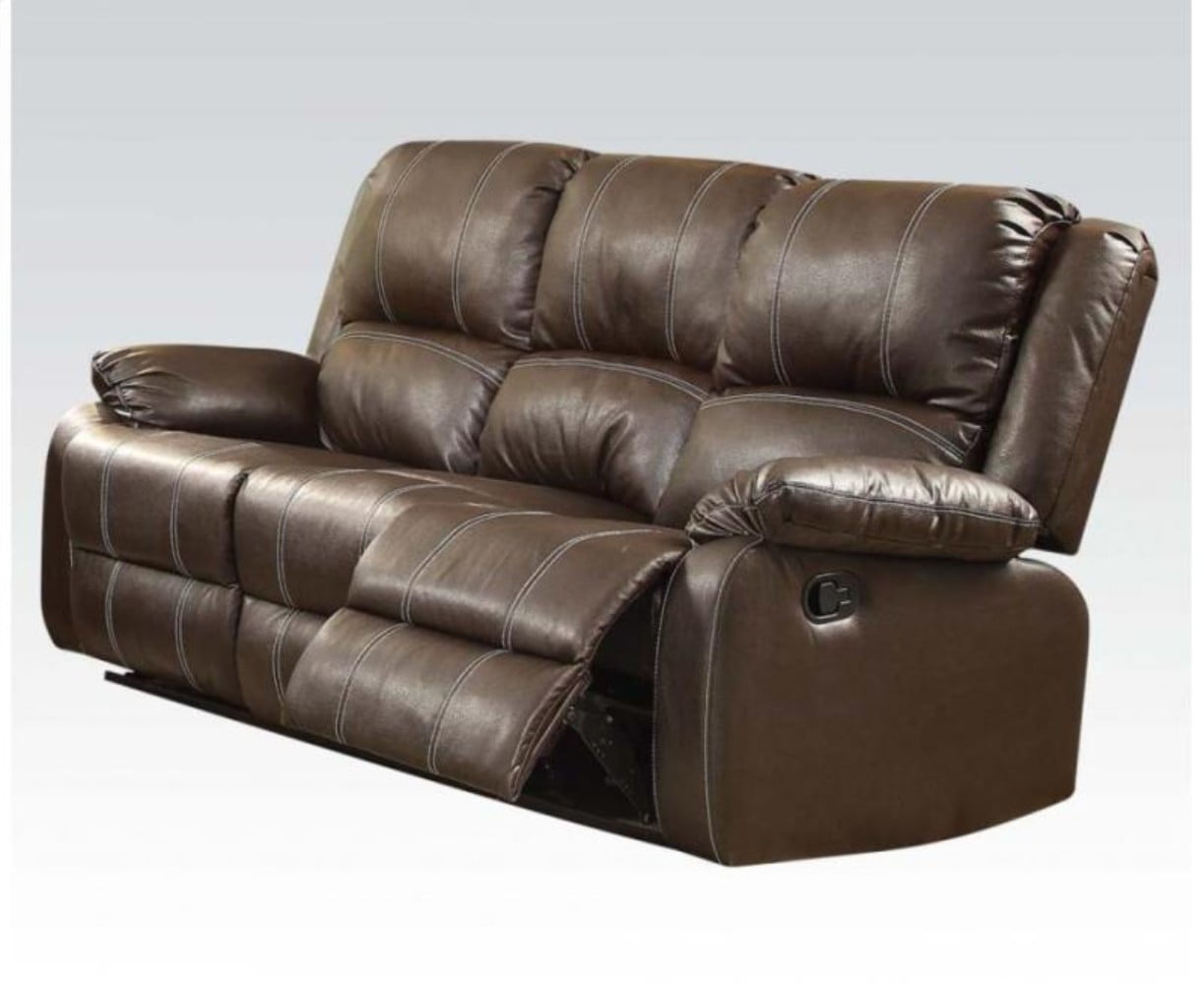
Leather is a classic and timeless material that has been used in furniture for centuries. It exudes luxury and sophistication, making it a popular choice for high-end homes. One of the biggest advantages of leather sofas is their durability. Leather is a strong and resilient material that can withstand wear and tear, making it a great investment for those with children or pets. Additionally, leather is easy to maintain and clean, as spills can be easily wiped off.
Another benefit of leather sofas is their comfort. Leather is a breathable material that adapts to your body's temperature, providing a cozy and comfortable seating experience. It also ages gracefully, developing a unique patina over time that adds character to the sofa.
Polyurethane Sofas

Polyurethane , on the other hand, is a synthetic material that is designed to mimic the look and feel of leather. One of the main advantages of polyurethane sofas is their affordability. They are typically much cheaper than leather sofas, making them a great option for those on a budget. Polyurethane is also a versatile material, as it can be molded into various shapes and colors, giving you more design options.
Another benefit of polyurethane sofas is their low maintenance. Unlike leather, polyurethane is resistant to stains and spills, making it a great choice for households with children or pets. It is also a hypoallergenic material, making it a good option for those with allergies.
Which One Should You Choose?

Ultimately, the decision between leather and polyurethane sofas will depend on your personal preferences and lifestyle. If you value luxury and durability, a leather sofa may be the best choice for you. However, if affordability and low maintenance are your top priorities, then a polyurethane sofa may be the better option. Whichever material you choose, make sure to consider the overall design and functionality of the sofa to ensure it fits seamlessly into your home.
In conclusion, both leather and polyurethane sofas have their own unique qualities and benefits. By understanding the differences between the two, you can make an informed decision and choose the perfect sofa for your home.



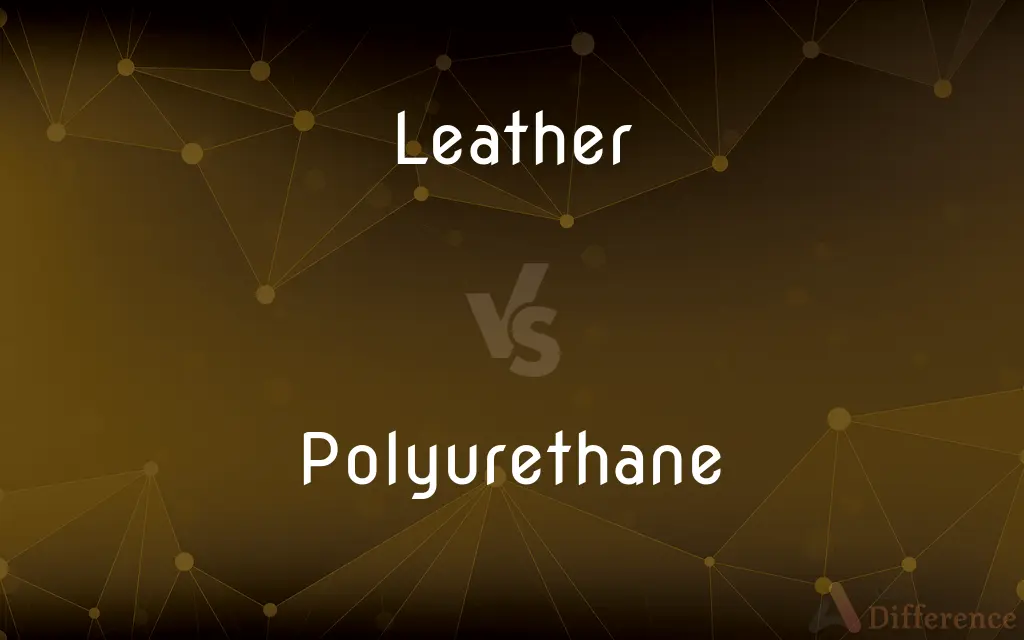
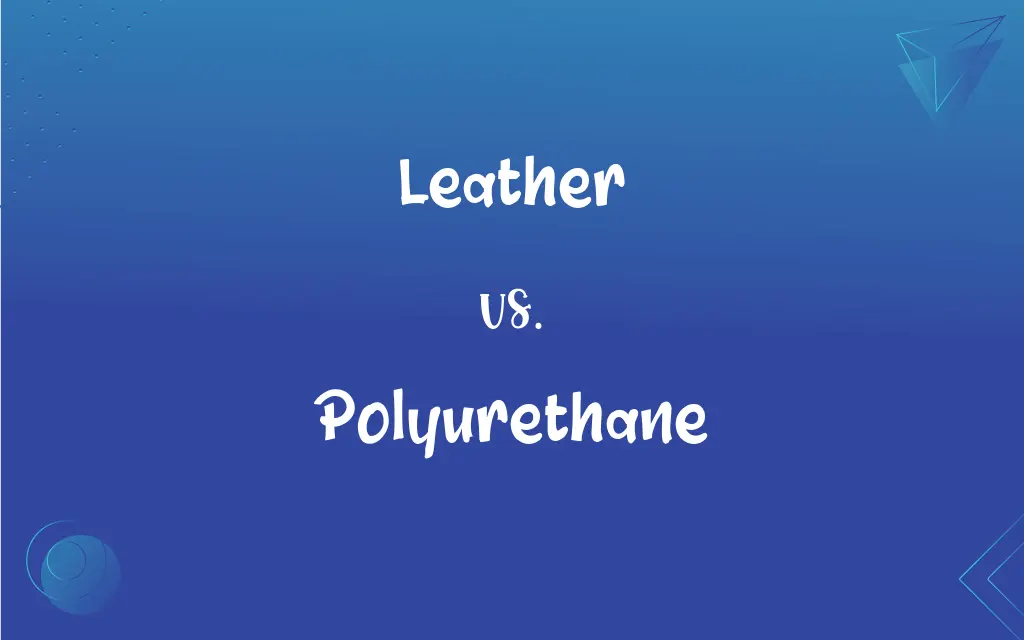





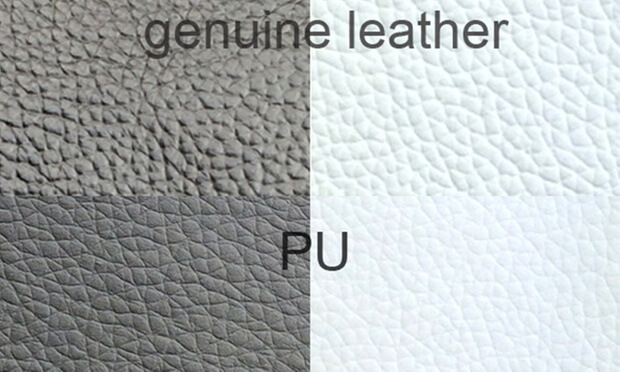





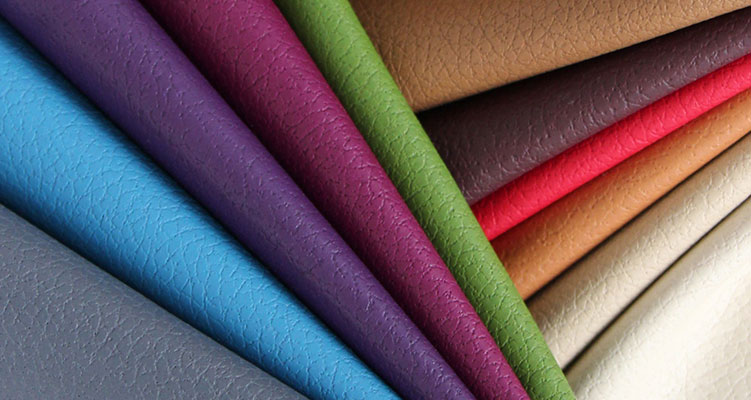

:max_bytes(150000):strip_icc()/fabric-leather-sofas-the-advantages-of-each-452510-1d0a0fd04cbf4245a7a0f776e28d5e44.png)




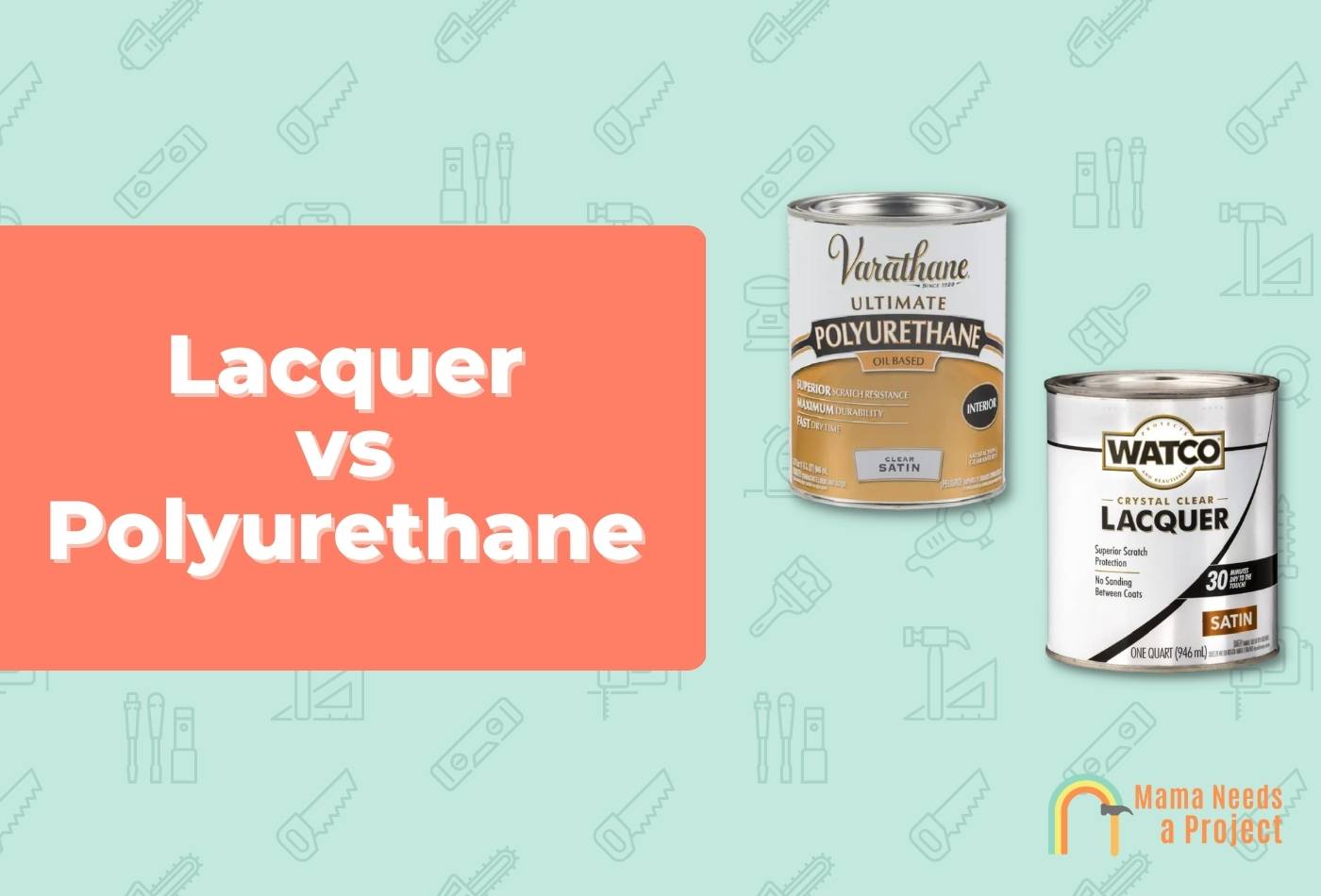

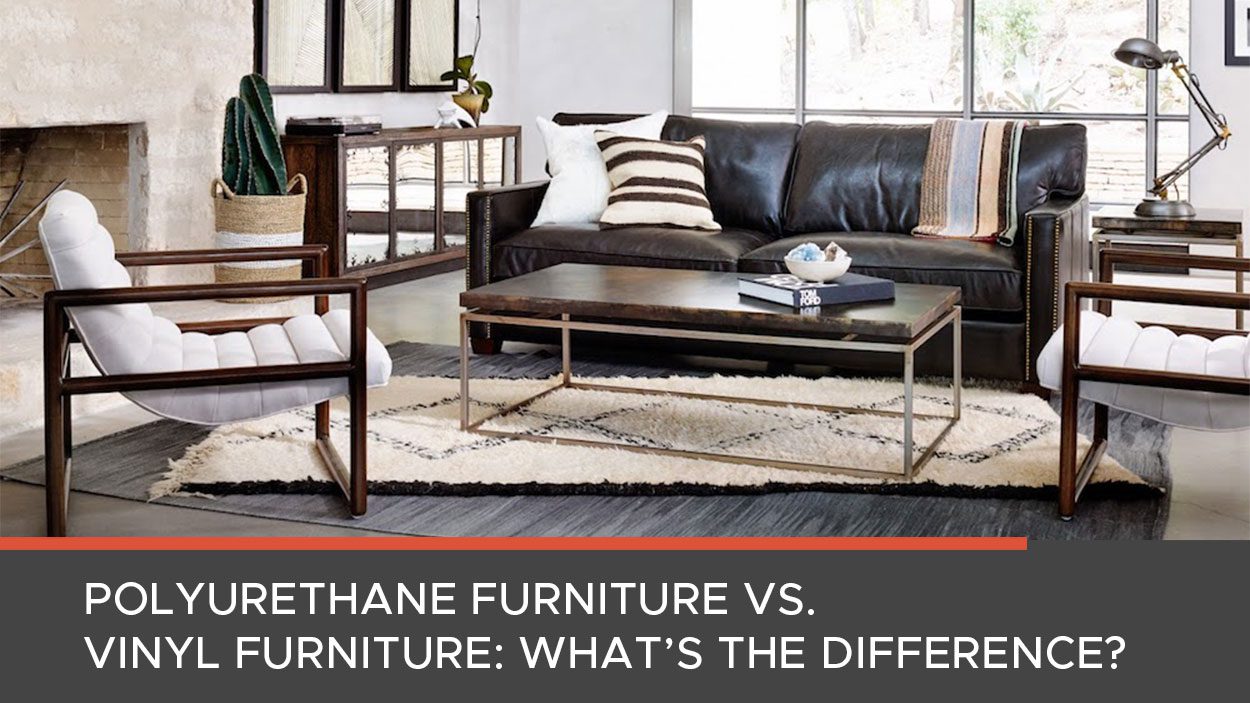



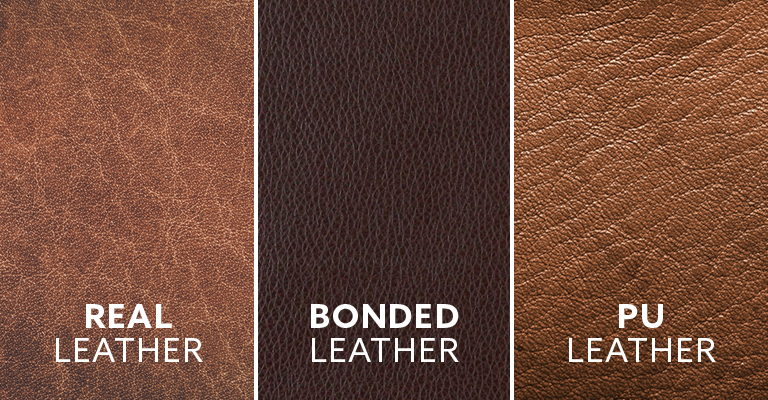


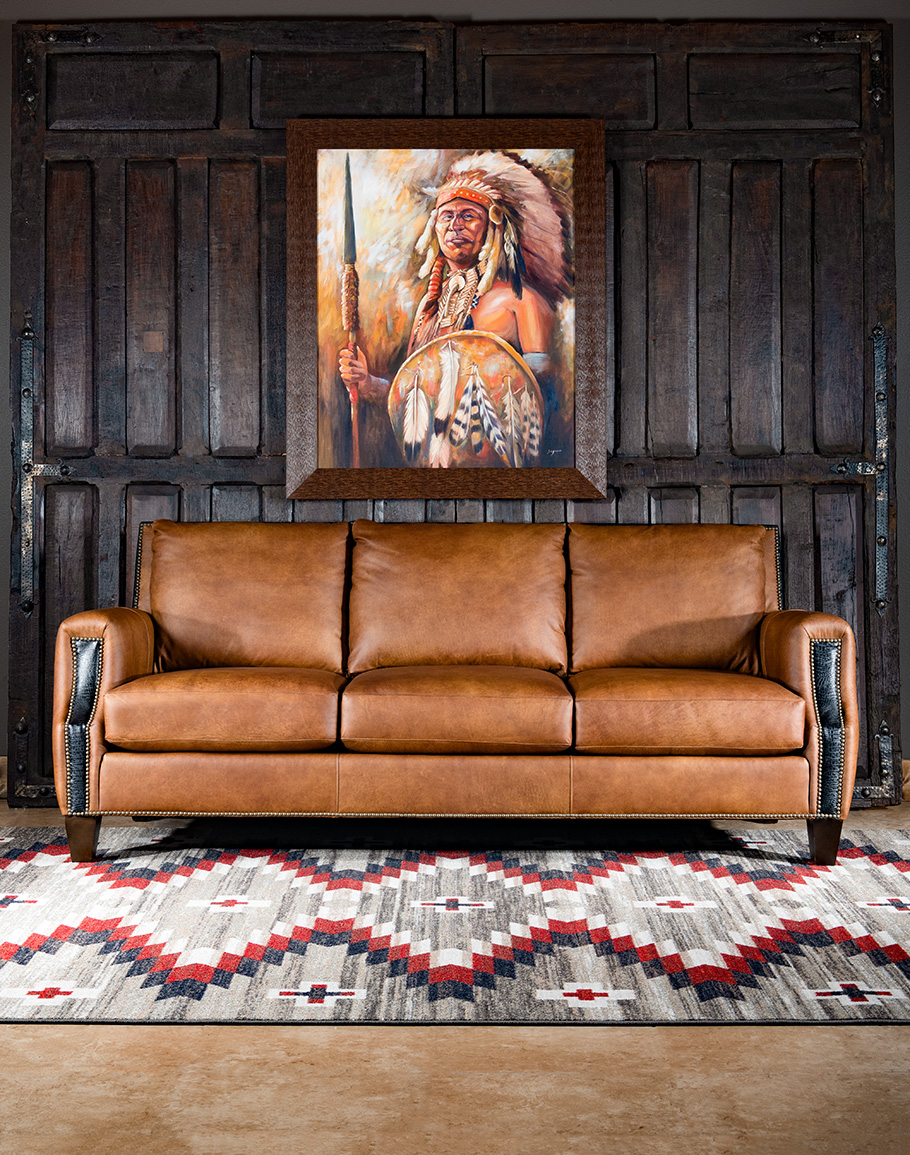
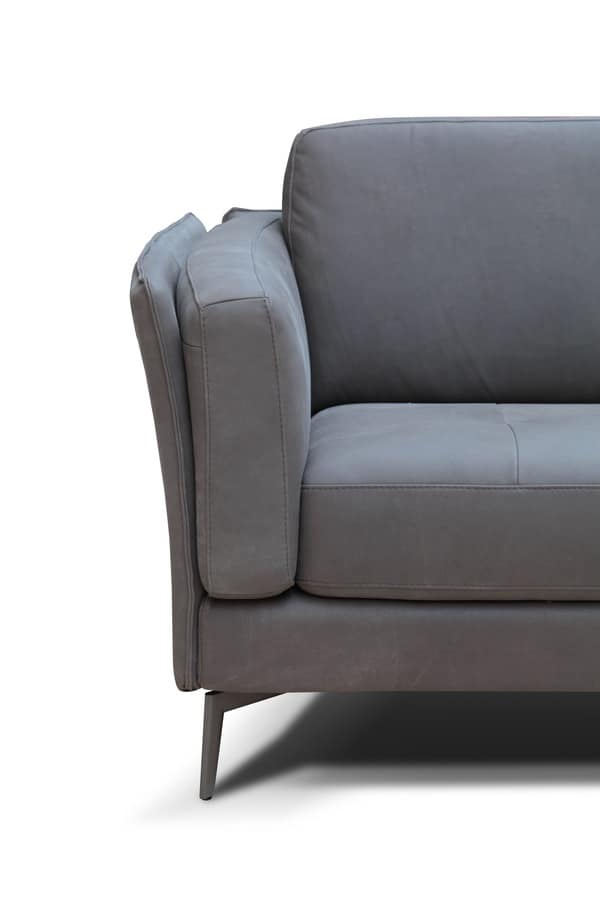
:max_bytes(150000):strip_icc()/sofa-cleaning-162134123-5ad8e97a0e23d900366cca85.jpg)
